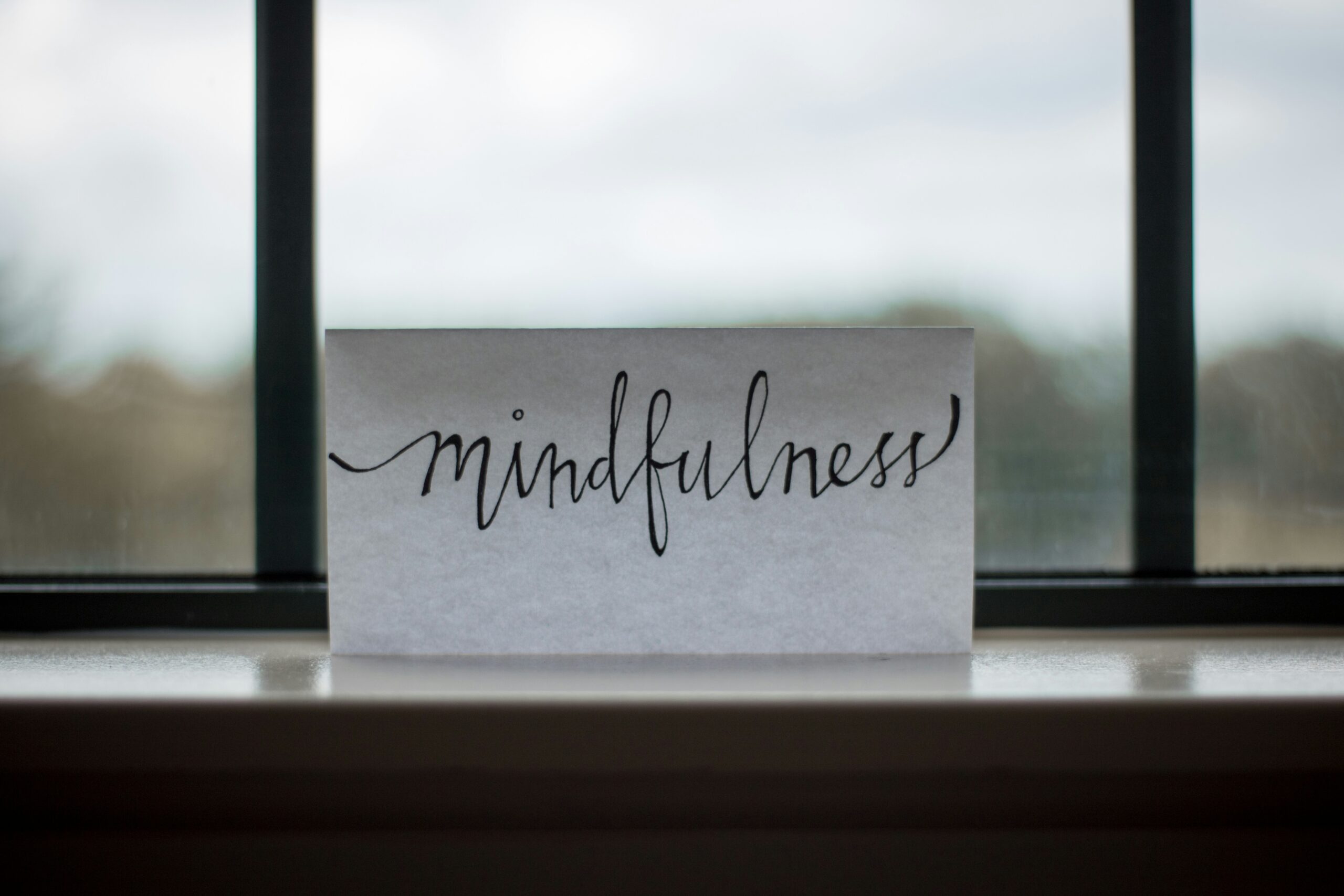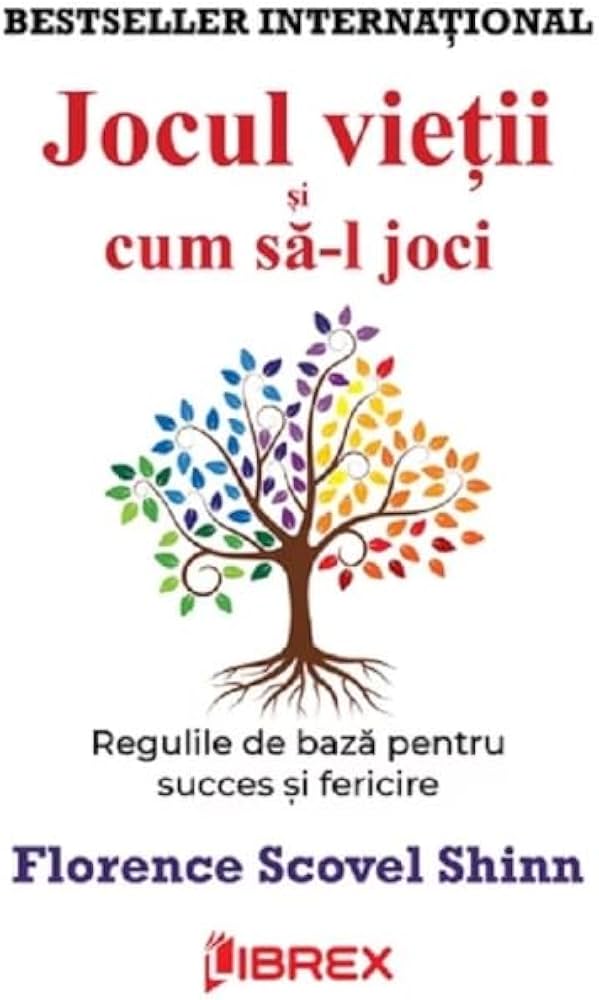Meditation for Beginners – The Complete Guide by Jack Kornfield
What is Meditation?
Meditation is an ancient practice with deep roots in various cultures and spiritual traditions around the world. Its origins can be traced back to religions such as Buddhism, Hinduism, Taoism, and even to Western philosophical traditions. Over the centuries, meditation has evolved and diversified, taking on a variety of forms, each with its own techniques and purposes. It can be practiced as a tool for self-discovery as well as a way to promote mental, emotional, and physical well-being.
Different types of meditation may include, but are not limited to, mindfulness meditation, focused meditation, mantra meditation, and loving-kindness meditation. Each form of meditation is intended to help practitioners cultivate concentration, free their minds from destructive thoughts, and achieve a state of inner calm. Although the methods may vary, the essence of meditation remains the same: finding a space of calm and introspection amidst the hustle and bustle of everyday life.
The benefits of meditation are numerous and have been supported by a number of scientific studies. Regular practice of meditation can lead to reduced stress, improved concentration and creativity, as well as an overall increased sense of well-being. Additionally, people who meditate may experience improvements in mental health, including reduced symptoms of anxiety and depression. Furthermore, meditation offers the possibility of cultivating compassion and empathy for oneself and for others, thereby strengthening interpersonal relationships.
Benefits of Meditation for Beginners
Meditation, a practice thousands of years old, has gained popularity among those seeking to improve both their physical and mental states. Beginners who embrace this form of relaxation quickly discover a number of benefits that contribute to a higher quality of life. One of the most notable effects of meditation is the reduction of stress. Studies have shown that those who meditate regularly experience a significantly lower level of stress, due to the ability to focus and find inner calm.
In addition to reducing stress, meditation encourages an improvement in concentration. Practices such as mindfulness and focused meditation help individuals train their minds to remain attentive, thereby increasing productivity and efficiency in everyday activities. This mental clarity not only facilitates the completion of tasks but can also contribute to more effective studying and learning.
Moreover, meditation leads to an overall increase in well-being. Practitioners often notice a more positive attitude toward life and an enhanced ability to cope with challenges with greater resilience. This is reflected in more harmonious interpersonal relationships, with increased empathy and compassion. Studies indicate that regular meditation practice can even alter brain structures, enhancing regions associated with helping others and positive emotions. This profound change yields not only personal benefits but also a positive impact on the community.
The Equipment Needed for Meditation
Practicing meditation requires not only a mental openness but also a conducive environment that facilitates concentration and relaxation. The first step is choosing a quiet place where external noises will not interfere. A corner of a room or even a garden can become ideal for meditation, provided it is arranged appropriately. The importance of a dedicated space cannot be overstated, as it helps anchor the mind and encourages a sense of calm.
Clothing is also an essential aspect of the meditation experience. It is recommended to wear comfortable clothes that do not restrict movement. Natural fabrics, such as cotton or linen, allow the skin to breathe and help maintain a state of comfort during longer sessions. Therefore, it is advisable to opt for loose clothing that does not distract from meditation.
Additionally, accessories such as meditation cushions or mats can significantly contribute to your comfort. An appropriate cushion will support your posture, preventing discomfort during prolonged sessions. Mats made from natural materials are a popular choice, providing additional support for practitioners who prefer to meditate seated on the floor. Creating an effective meditation space may also include items such as scented candles, essential oils, or inspirational images that stimulate a feeling of peace and introspection.
Simple Meditation Techniques for Beginners
For those who wish to get started in the art of meditation, there are various simple techniques that can facilitate the beginning of this practice. One of the most popular methods is breath meditation. This involves focusing on your breath and observing each inhalation and exhalation. Here are the steps you can follow: find a quiet place, sit comfortably with a straight back, close your eyes, and bring your attention to your breath. When you notice that your thoughts are distracting you, gently bring your focus back to your breath. The goal is not to eliminate thoughts, but to become aware of them and to return to the present moment.
Another effective technique for beginners is body scan meditation. This is a form of mindfulness meditation that involves a conscious examination of different parts of the body. Begin by sitting comfortably and relaxing, then guide your attention through each part of your body, from the tips of your toes to the top of your head. Notice any sensations, tension, or relaxation. This technique helps to increase bodily awareness and reduce stress.
In conclusion, both breath meditation and body scan meditation represent fundamental techniques accessible to beginners. These methods not only facilitate better stress management but also contribute to the development of mindfulness skills. By dedicating a few minutes a day to these practices, you will notice significant improvements in your overall state of well-being. Experiment and find the technique that suits you best!
Creating a Meditation Routine
Establishing a meditation routine is essential for integrating this practice into everyday life. A well-defined routine helps create a mental and emotional space dedicated to meditation, thus contributing to the development of healthy habits and supporting personal progress. It is recommended to choose specific times of the day to practice meditation, either in the morning to start the day mindfully or in the evening to relax after a busy day.
Regardless of the time chosen, it is important to commit to these moments, establishing concrete examples of a schedule. For example, you might decide to meditate for ten minutes immediately upon waking up or before going to sleep. This commitment will help you develop the necessary discipline and make meditation an integral part of your life.
The frequency of meditation practice is also an important factor. Ideally, you would meditate daily, but it is perfectly acceptable to start with shorter sessions a few times a week. As you become accustomed to meditation and begin to feel its benefits, you can gradually increase the duration and frequency of your sessions. It is essential to overcome initial obstacles, such as difficulty concentrating or finding time. Accepting these challenges as part of the learning process will help you stay motivated.
Common Challenges in Meditation and How to Manage Them
Meditation is a profound and beneficial practice, but for beginners, it may present several challenges. One of the most common difficulties is a lack of concentration. Many people experience intrusive thoughts that distract their attention from the purpose of meditation. In these moments, it is essential to recognize that the human mind naturally tends to wander, and this is not a sign of failure. An effective strategy is to focus on your breath; training yourself to gently bring your attention back to your breath whenever you notice it has strayed from your focus.
In addition to a lack of concentration, many people develop unrealistic expectations regarding the results of meditation. It is important to remember that meditation is a practice that requires time and patience. Exaggerated expectations can lead to frustration and abandonment of the practice. In this respect, the mindfulness approach can be an effective solution. By practicing acceptance of the present moment without judgment, we can learn to enjoy the meditation process rather than just the final result.
Also, managing intrusive thoughts requires an acceptance technique. When thoughts arise, instead of fighting them, you can observe them, acknowledge them, and then let them pass, similar to clouds drifting across the sky. This approach will help develop a healthier relationship with your thoughts. In conclusion, recognizing and managing these challenges can significantly improve your meditation experience, thereby increasing the motivation to continue your practice.
Useful Resources for Deepening Your Meditation Practice
Practicing meditation can be a fulfilling experience, but to fully benefit from the techniques and methodologies, it is essential to access quality resources. Therefore, we have compiled a selection of books, apps, online courses, and videos that can support beginners in developing their meditation skills.
Starting with books, our top recommendation is “The Miracle of Mindfulness” by Thich Nhat Hanh, an excellent guide for integrating mindfulness into daily life. Another key work is “Wherever You Go, There You Are” by Jon Kabat-Zinn, which offers profound perspectives on meditation and awareness practices. Jack Kornfield, a renowned meditation teacher, has written several books, among which “A Path with Heart” is essential for beginners, offering both techniques and inspirational stories.
In addition to readings, mobile applications can transform meditation exercises into an accessible activity. Apps like Headspace and Calm offer guided sessions that are ideal for beginners. These platforms include meditations of various durations and themes, thus facilitating the integration of this practice into your daily routine.
Online courses, such as those available on educational platforms like Coursera or Udemy, provide structured material and experienced instructors. These platforms present a variety of meditation styles and approaches, adapted to the needs of each user.
Videos available on YouTube are also valuable resources, with many guided meditation sessions conducted by Jack Kornfield and other experts. Sharing knowledge and experiences, these resources can be fundamental on your journey towards a deeper and more conscious meditation practice.
Personal Experiences and Success Stories
Meditation has become a popular practice among people from various corners of the world, and the stories of those who have started it offer valuable perspectives on its benefits. A compelling example is the case of a young professional, Andrei, who was facing intense stress from everyday life. After he began meditating for 10 minutes a day, Andrei noticed a significant reduction in anxiety and found a better balance between work and personal life.
Another remarkable example is the story of Maria, a mother who, after giving birth, felt overwhelmed by her assumed responsibilities. In search of a method of relaxation, she discovered guided meditation. After several weeks of consistent practice, Maria began to rebuild her confidence and became more patient with her children. This transformation was not only personal but also influenced her relationships, bringing a more harmonious atmosphere into her family.
Inspirational stories do not stop here. Radu, an entrepreneur, integrated meditation into his daily routine and observed an increase in creativity and productivity. Thus, meditation not only helped him cope with daily challenges but also provided him a new vision for his business. These real-life experiences demonstrate how meditation can be an effective tool for improving the quality of life, enhancing both mental and emotional well-being.
Conclusion and Next Steps
In summary, meditation proves to be a valuable practice both for those who wish to improve their mental state and for those seeking a deeper connection with their inner self. This ancient practice, which combines techniques of concentration and awareness, has demonstrated its benefits through numerous scientific studies. Therefore, meditation is not just a method of relaxation but also a way through which we can learn to effectively manage stress and emotions.
The beauty of meditation lies in the diversity of approaches with which it can be practiced. From focused meditation to mindfulness meditation, each technique offers unique perspectives on how we can improve the quality of our lives. It is essential for every beginner to explore the different forms of meditation to discover which best suits their lifestyle and personal needs.
As readers commit to integrating meditation into their daily routine, it is recommended to start with short sessions of a few minutes, gradually increasing the duration as you become more comfortable. Additionally, creating a dedicated space for meditation and scheduling regular intervals throughout each day can ensure consistency in practice. Participating in group meditation sessions or classes can also offer additional support and encouragement.
Therefore, meditation represents a useful tool in the quest for balance and inner peace. Continuing to explore this practice can transform everyday life, providing clarity and perspective. It is simply a matter of starting and remaining dedicated to the process of self-discovery.
What is meditation and where does this practice originate from?
Meditation is an ancient practice with roots in spiritual traditions such as Buddhism, Hinduism, and Taoism, as well as in Western philosophy. It is a process of self-discovery and introspection meant to bring calm and inner clarity amid the hustle and bustle of everyday life. Over the centuries, meditation has diversified into several forms, such as mindfulness, mantra meditation, and loving-kindness meditation. The main goal is to achieve a state of calm and balance.
What are the primary benefits of meditation for beginners?
For beginners, meditation offers benefits such as stress reduction, improved concentration, and an overall increase in well-being. Regular practice helps manage emotions, enhances empathy, and strengthens interpersonal relationships. In addition, meditation can reduce symptoms of anxiety and depression and helps develop a more positive perspective on life.
What equipment is necessary to begin meditating?
Beginners do not need expensive equipment to start meditating. A quiet place, a comfortable cushion or mat, and loose clothing are sufficient. Additional items such as scented candles, essential oils, or ambient music may create a more relaxing atmosphere, but they are not essential. The important factor is to create a space that encourages calm and introspection.
How can a beginner start practicing meditation?
A beginner can start with simple techniques such as breath meditation. This involves sitting in a comfortable position, closing the eyes, and concentrating on your breathing. Other techniques include body scan meditation, where you observe the sensations in each part of your body, or mantra meditation, repeating a calming word or phrase. It is important to start with short sessions of 5–10 minutes and gradually extend the duration as you become accustomed.
What is mindfulness meditation and how is it practiced?
Mindfulness is the practice of being fully present in the moment without judging or trying to change your experiences. It can be practiced by focusing on your breath, observing bodily sensations, or being aware of your thoughts and emotions. This practice helps reduce stress and increase self-awareness.
How can someone create an effective meditation routine?
An effective routine involves choosing a specific time of day, such as in the morning or at night, and sticking to a regular schedule. Beginners can start with 5–10 minutes per day, gradually increasing the duration. It is helpful to associate meditation with a daily activity, such as waking up or going to bed, to reinforce the habit. Consistency is key to gaining long-term benefits.
What are the most common challenges in meditation and how can they be managed?
Common challenges include lack of concentration, intrusive thoughts, and impatience. These can be managed by accepting them and gently returning your focus to your breath when distractions occur. It is important to practice without high expectations and remind yourself that the mind naturally wanders. Creating a quiet environment and using guided techniques can also be very helpful.
What resources are useful for deepening your meditation practice?
Beginners can benefit from books such as “The Miracle of Mindfulness” by Thich Nhat Hanh or “A Path with Heart” by Jack Kornfield. Mobile apps like Headspace and Calm offer guided sessions, and online courses available on platforms like Coursera or Udemy provide structured lessons. YouTube videos by meditation experts are also valuable for practical guidance.
How can meditation transform a person’s life?
Meditation can transform life by reducing stress, enhancing mental clarity, and improving overall well-being. By developing a better relationship with oneself and with others, the practice contributes to better emotion management, increased empathy, and improved interpersonal relationships. Over time, meditation can bring a deep sense of peace and balance.
What steps can a beginner follow to progress in meditation?
A beginner can progress by:
- Practicing regularly, starting with short sessions and gradually increasing the duration.
- Exploring different techniques to find what works best.
- Utilizing resources such as books, apps, and guided courses.
- Participating in group meditation sessions or working with an instructor.









